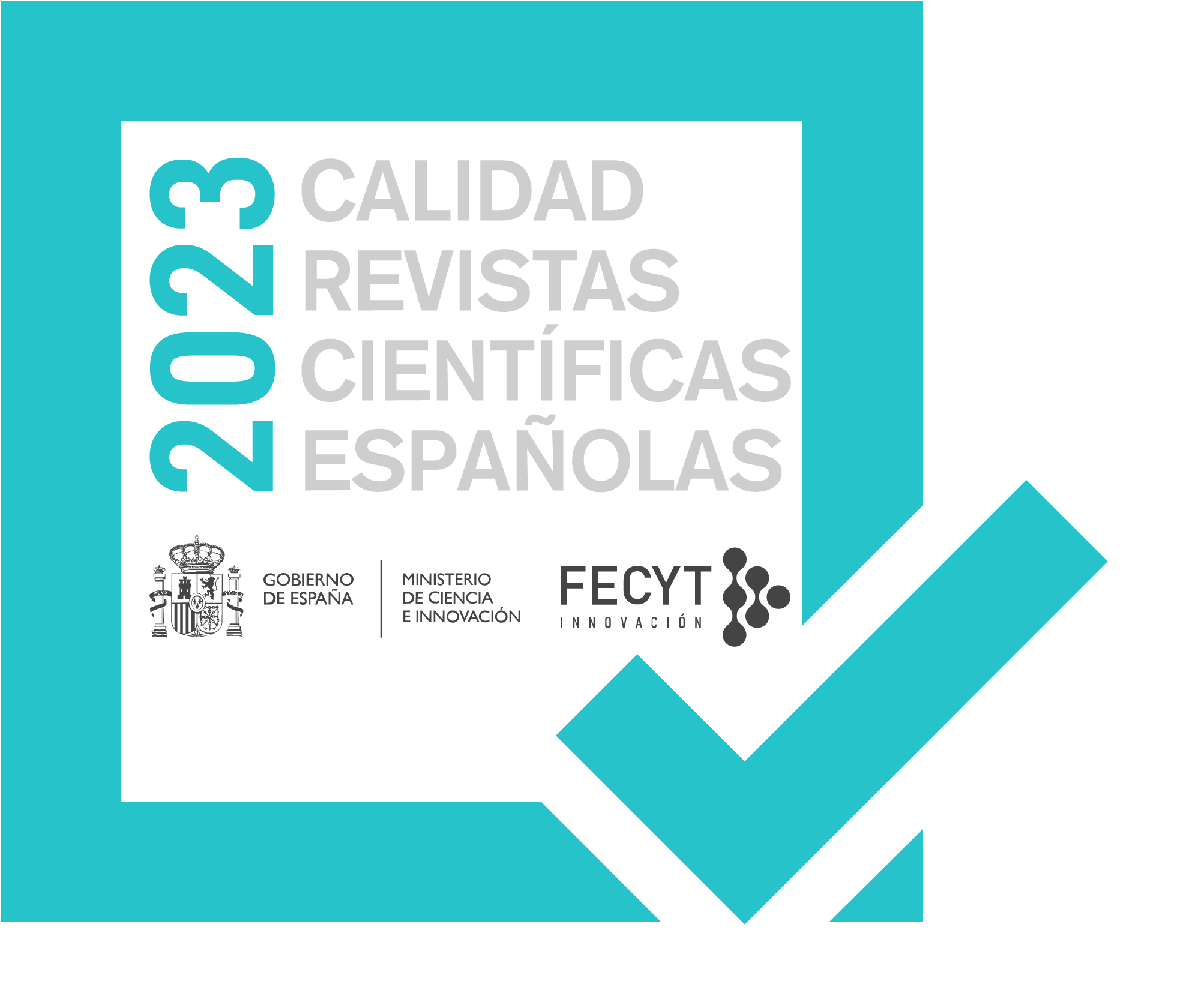ANTHROPOMETRIC METHODOLOGY OF CLASSIFICATION OF FEMALE BODIES FOR SIZE DEFINITION IN CLOTHING
DOI:
https://doi.org/10.24310/Idiseno.2022.v17i.14735Keywords:
Anthropometry, statistical method, body shapes, 3DAbstract
Knowledge of the human body is one of the great challenges in apparel design, the quality in the technical development of a garment arises from the understanding of the shapes, measurements, sizes, and proportions of the body which are the basis for developing the pattern in a garment.
Statistical methods and 3D technology are a very useful tool for the apparel industry, facilitating the capture and analysis of data from three-dimensional avatars associated with different body types.
The used method aims at the classification and identification of body shapes and typologies, developing the following stages: definition of reference values from population averages, definition of interval widths comparing sizes and measurements, calculation of differences in reference values, definition of the indicator related to the size of the person, obtaining the inter-measurements, and finally the classification of the body, which generated as a result seven typologies of bodies classified according to their shapes.
Downloads
Metrics
Publication Facts
Reviewer profiles N/A
Author statements
Indexed in
-
—
- Academic society
- N/A
- Publisher
- Universidad de Málaga
References
Apeagyei, P. R. (2010). Application of 3D body scanning technology to human measurement for clothing fit. International Journal of Digital Content Technology and its Applications, 4(7), 2-9. https://doi.org/10.4156/jdcta.vol4.issue7.6
Bye, E., Labat, K. L., & Delong, M. R. (2006). Analysis of Body Measurement Systems for Apparel. Clothing and Textiles Research Journal, 24 (2), 66 – 79. https://doi.org/ 10.1177/0887302X0602400202
Domingo J., Simó A., Ibáñez M.V., Durá E., Ayala G., & Alemany S. (2016). Towards a mean body for apparel design. Image and Vision Computing, 52: 88-96.
El Español. (2020, noviembre 13). El retail ‘a medida’ gracias a la antropometría. El Español. https://www.elespanol.com/invertia/disruptores-innovadores/innovadores/20201113/retail-medida-gracias-antropometria/535697971_0.html
Infobae. (2021, julio 19). Se estudiarán a 6.500 personas para saber cuáles son las medidas actuales de los cuerpos de la población de Argentina - Infobae. Infobae. https://www.infobae.com/salud/ciencia/2021/07/19/se-estudiaran-a-6500-personas-para-saber-cuales-son-las-medidas-actuales-de-los-cuerpos-de-la-poblacion-de-argentina/
International Organization for Standardization (ISO). (2017). 8559-2:2017 Size designation of clothes — Part 1: Anthropometric definitions for body measurement. En Iso 8559-1:2017 (pp. 1-94). https://www.iso.org/standard/61686.html
Markiewicz, ?., Witkowski, M., Sitnik, R., & Mielicka, E. (2017). 3D anthropometric algorithms for the estimation of measurements required for specialized garment design. Expert Systems with Applications, 85, 366-385. https://doi.org/10.1016/J.ESWA.2017.04.052
Pheasant S. (2003). Bodyspace, Anthropometry, Ergonomics and Design. London: Taylor and Francis.
Ross W.D & Wilson N.C. (1974). A stratagem for proportional body assessment. Acta Paediatrica Belgica, vol 28: 169-181.
Sheldon, W.H. (1940). The Varieties of Human Physique: An Introduction to Constitutional Psychology. Nueva York: Harper.
Vinué, G. (2017). Anthropometry: An R package for analysis of anthropometric data. Journal of Statistical Software, 77(1). https://doi.org/10.18637/jss.v077.i06

Downloads
Published
How to Cite
Issue
Section
License
Aquellos autores/as que tengan publicaciones con esta revista, aceptan los términos siguientes:- Los autores/as conservarán sus derechos de autor y garantizarán a la revista el derecho de primera publicación de su obra, el cuál estará simultáneamente sujeto a la Licencia de reconocimiento de Creative Commons que permite a terceros compartir la obra siempre que se indique su autor y su primera publicación esta revista.
- Los autores/as podrán adoptar otros acuerdos de licencia no exclusiva de distribución de la versión de la obra publicada (p. ej.: depositarla en un archivo telemático institucional o publicarla en un volumen monográfico) siempre que se indique la publicación inicial en esta revista.
- Se permite y recomienda a los autores/as difundir su obra a través de Internet (p. ej.: en archivos telemáticos institucionales o en su página web) antes y durante el proceso de envío, lo cual puede producir intercambios interesantes y aumentar las citas de la obra publicada. (Véase El efecto del acceso abierto).







14.png)



